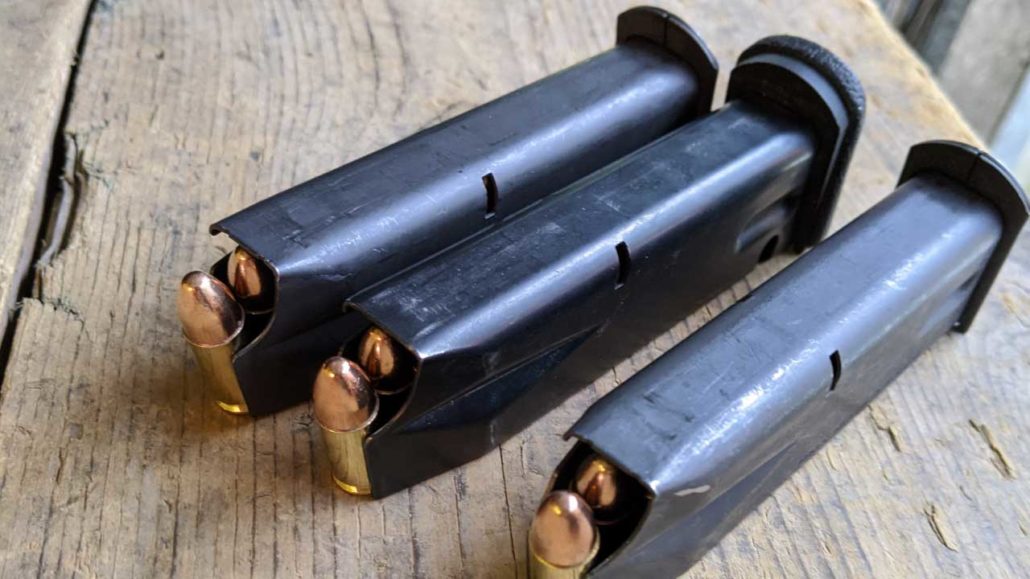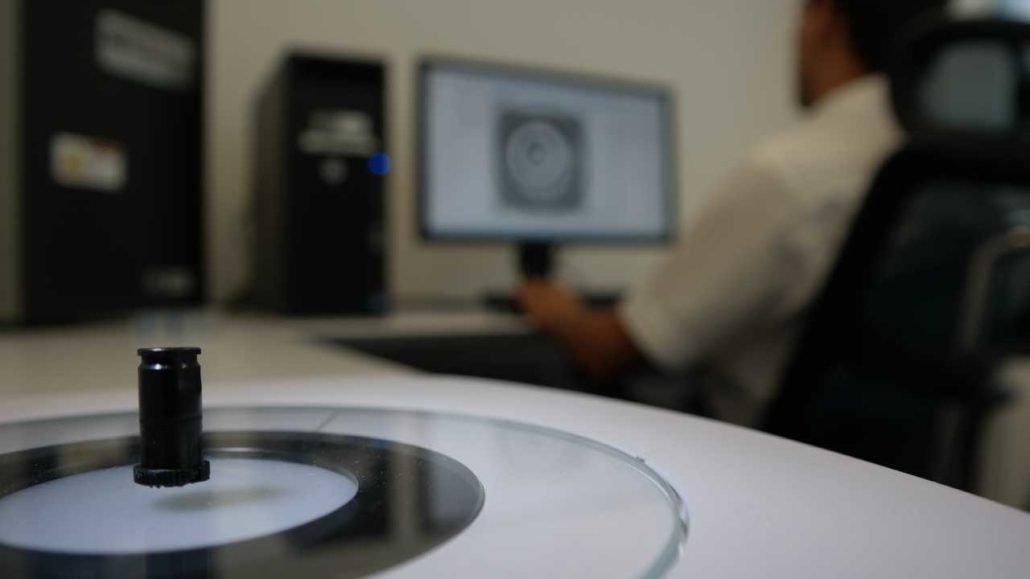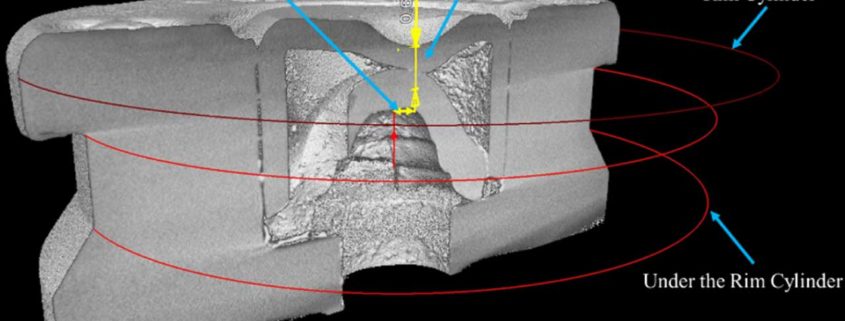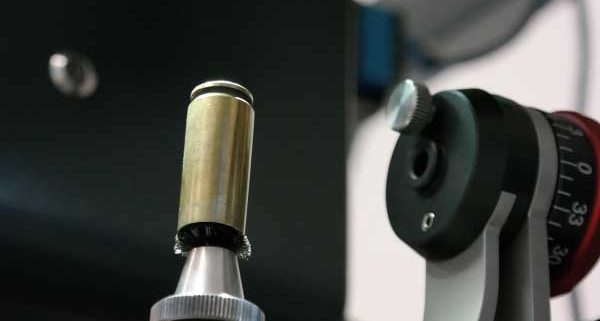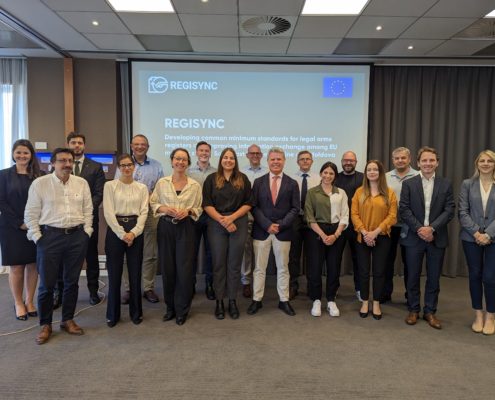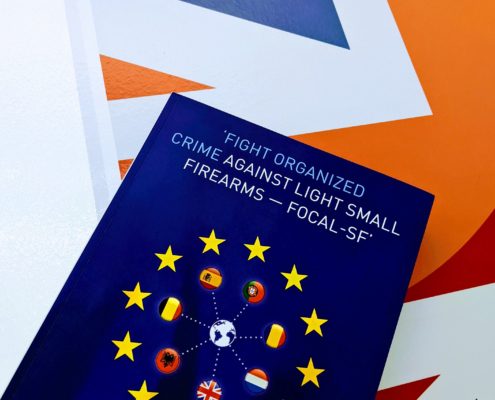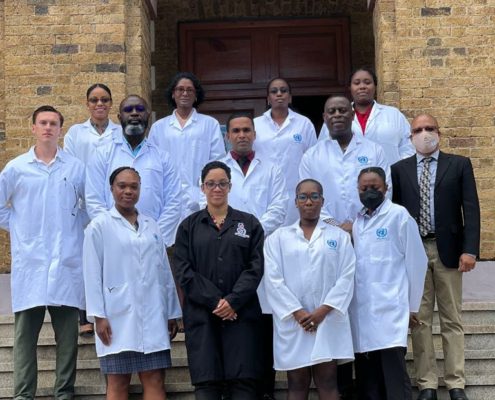Identification methodologies in forensic ballistics have been long accused of lacking any form of quantification, as most other forensic disciplines are capable of doing.
The reasons for this are well understood and many efforts have been made, without any real consensus – most notability CMS (consecutive matching striae). In pursuit of understanding if quantification is possible, Arquebus worked in collaboration with Warwick Manufacturing Group (WMG), University of Warwick, on a study focused on two aims.
Firstly, to identify whether micro-CT was appropriate and repeatable for measuring the features of a cartridge case with high repeatability and reliability. Secondly, if, by test-firing two different firearms and producing cartridge case controls, a firearm signature could be quantified and therefore identified by using three novel measurements – Firing Pin Sphere Radius, Nadir Height, and Nadir Offset.
The study found micro-CT to be an effective technology at producing repeatable and reliable measurements, and that the three measurements were discriminatory enough to produce a profile for a firearm’s make and model using quantitative data. Further research would be necessary to determine whether a specific firearm could also be identified using this technique.
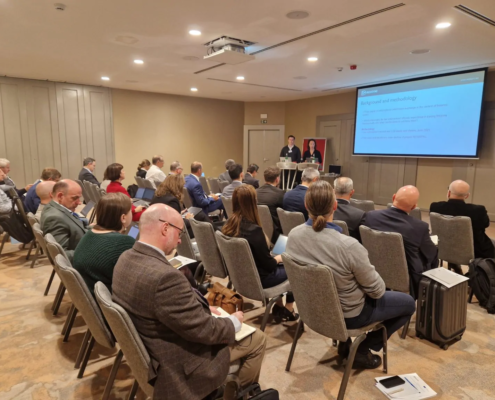 https://arquebus.uk/wp-content/uploads/2023/11/REGISYNC-Conference.webp
1152
1536
Callum Lloyd
https://arquebus.uk/wp-content/uploads/2022/02/Asset-1arquebus_logo.svg
Callum Lloyd2023-11-15 12:41:472023-11-27 10:01:33Project REGISYNC Published
https://arquebus.uk/wp-content/uploads/2023/11/REGISYNC-Conference.webp
1152
1536
Callum Lloyd
https://arquebus.uk/wp-content/uploads/2022/02/Asset-1arquebus_logo.svg
Callum Lloyd2023-11-15 12:41:472023-11-27 10:01:33Project REGISYNC Published